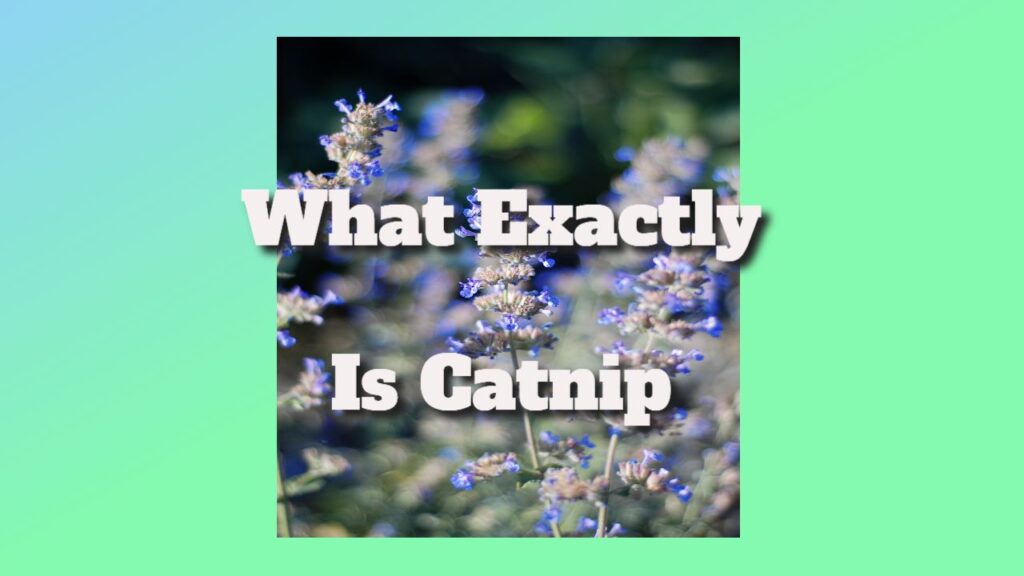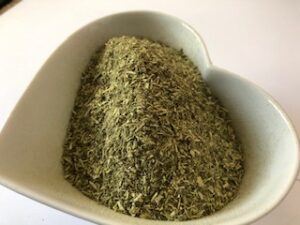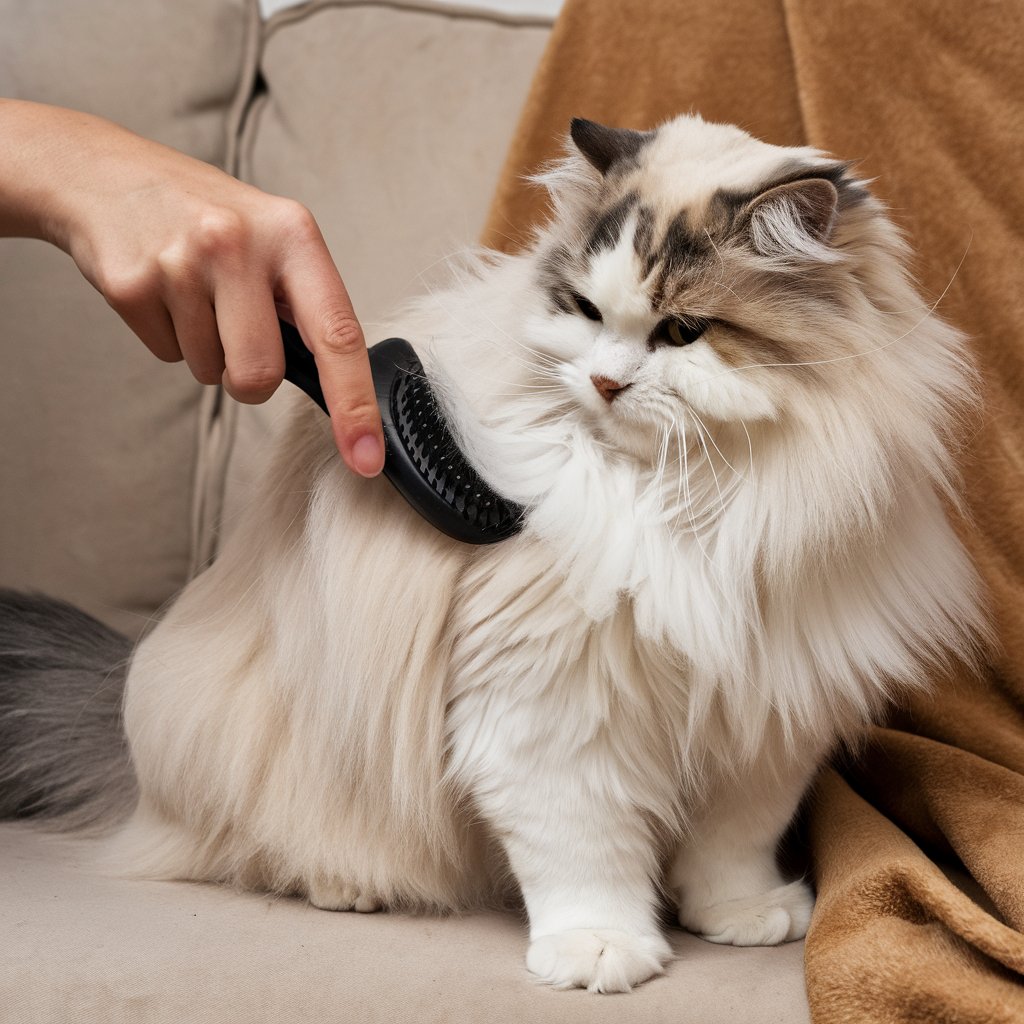What Does Catnip Consist Of? Growing Catnip
Contents
What Does Catnip Consist Of? What Exactly Is Catnip
What Does Catnip Consist Of Growing catnip?: Growing catnip is an unexpected way to make money. Have you considered growing catnip as a business opportunity?
What exactly is catnip?
Cats experience a temporary euphoria when exposed to catnip (Nepeta cataria), a perennial herb in the mint family. It is also known as cat weed or catnip.
It has square stems and soft green foliage and grows to be a medium-sized plant. Catnip can reach a one-metre height and produce little white blooms with purple patterns.
Catnip plants of various sizes and colours, ranging from lavender to pink, can be produced by various crosses.
Catnip can be used for various things, including cat snacks and tea. It gets its name from its frenetic impact on particular cats (because of the chemical nepetalactone), but dry catnip can also be consumed as tea.
Catnip can also be grown to attract pollinators such as butterflies. Catnip can also be distilled into an essential oil used to repel mosquitos.
Catnip cultivation?
Catnip, for those who are unfamiliar, is a herb with a minty flavour.
It is a general term for over 250 different types of mint plants.
Catnip got its name because many cats find the plant’s aroma alluring and irresistible.
Most catnip is used to entertain cats because it gives them a euphoric high, similar to how certain opiates give humans a high.
Cats don’t appear to suffer any adverse consequences other than possibly becoming immune to the effects if exposed too frequently.
If you’re thinking of producing catnip for your cat or for sale, keep in mind that catnip must be highly concentrated to be sold.
Furthermore, the substance appears to have little impact on particular cats (up to 40% exhibit little or no reaction to it). Customers may want to try little samples to determine whether it has any effect on their animals.
How much can catnip help you grow?
Typically, a small bag of catnip costs between $6 and $15. That may not appear to be much, but the material grows like a weed and is relatively simple to cultivate.
Another intriguing method for cultivating catnip.
While the product is primarily sold to cat owners to entice their four-legged pals, it can also be used by people.
The most challenging aspect of cultivating catnip for sale is keeping your cats (if you have any) or neighbourhood cats off your garden.
If they do, you’ll probably return home to discover some pleased cats and hundreds of dollars worth of catnip destroyed.
Consider dipping cat toys in catnip oil and selling them if you make catnip a regular business.
They might generate extra income and complement your new venture.
Qualifications/requirements
There are no legal requirements for cultivating catnip, but you must incorporate and obtain liability insurance if you plan to sell it.
You may also need to secure specific safety permissions to sell catnip for human use.
For further information, contact your municipal or state health agency.
THE PERKS OF CATNIP (CATMINT).
Catnip, often known as catmint (Nepeta cataria), is a mint family member. Aside from inducing feline pleasure, it is also a favourite of pollinators and blooms profusely. It features lovely white or nearly white blooms with purple markings and leaves covered in silky hairs that carry the essential oils that give catnip its characteristic aroma.
Other advantages of growing catnip in your garden include the following:
Catnip makes a fantastic tea – when dried in a warm environment or dehydrated, this herb tastes as delicious as tea. It goes well with lemon balm, chamomile, and other mints. These combinations are said to help alleviate stress and promote relaxation and sleep.
Catnip repels mosquitoes, flies, and other bugs; some gardeners claim that rubbing the plant’s oils on the skin repels pests for several hours.
Catnip has medical benefits; the water-soluble chemicals in catnip are known to have antibacterial capabilities, which explains the age-old treatment of using it to wash and disinfect wounds.
CATNIP IN YOUR BACKYARD
Catnip forms a three-foot-wide floppy mound and is a hardy perennial that prefers open, dry areas. It proliferates and doesn’t require much pruning to gather its leaves in early summer – for both your cats and you. You can harvest again in late summer if you want.
Catnip is a simple plant to grow, and while it does not create runners like other mint plants, it loses many seeds as it grows. These are easily transformed into volunteer seedlings that can be composted or relocated.
Interestingly, it has been observed that catnip in the garden deters rats and mice – what irony!
Getting Started with Catnip Growing
First, learn more about growing catnip and determine whether your climate is good for it.
Catnip grows best in the broad sun with medium water. This means that catnip can be grown in most sections of the country at some point during the year.
Consider starting to sell on eBay to avoid investing in your website.




